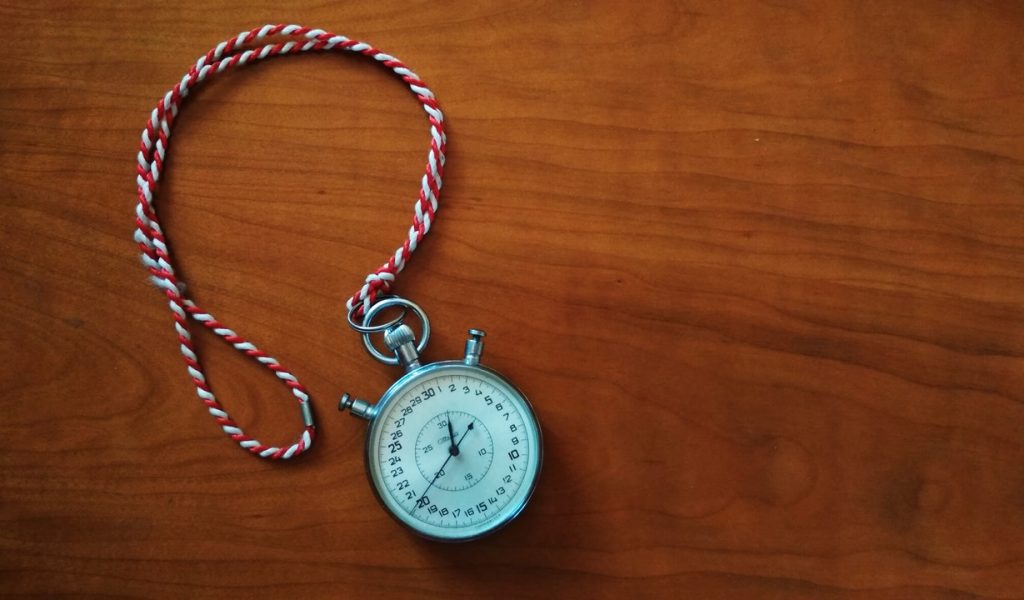Hey guys!
Welcome back to another Wednesday!
Have you ever been asked to make a difficult consult as a junior doctor?
I have.
I distinctly remember getting this feeling of dread in the pit of my stomach every time I was asked to make a difficult consult or call a registrar/consultant with a temper.
All junior doctors will encounter this scenario at one point or another.
So how can we make this process easier?

Why is asking for a consult SO hard?
A consult is when you ask another specialty (e.g. cardiology, gastroenterology, infectious disease) to come and review your patient and add to your clinical management. In some cases, you outright ask the other team to take over care of that patient.
Without a doubt, these requests can be daunting because:
a) the person on the other end of the phone is usually senior to you (e.g. a registrar or a consultant)
b) they might not be very nice / have a reputation of shredding people over the phone
b) the patient’s case is complex / you’re unsure of why this patient actually needs this consult
Either way, as a junior doctor, you can be stuck between a rock and a hard place when you’re tasked to make these requests.

The ISBAR Method
So what is the best way to give a clinical handover when asking for a consult from a specialty team?
The ISBAR method is something that is almost universal in the healthcare profession. You’ve probably already heard about it and used it. Doctors, nurses and allied health staff all use this acronym when handing over a patient.
ISBAR stands for:
Introduction → “Hi my name is (name) and I am the (insert rotation here) resident requesting a (phone advice/in-person consult/takeover of care)“
Situation → “I have a (age) (gender) who was admitted with (condition) and has subsequently developed an (insert problem here) and is currently hemodynamically (unstable/stable)
Background → They have a background of (most important comorbidity 1), (most important comorbidity 2) and are on (most important medication 1), (most important medication 2) with an allergy to (insert drug here)
Assessment → The patient is at risk of (complication 1), (complication 2). We have managed them with (insert measures here) and they have (responded/not responded)
Recommendation → Could you please provide (phone advice/in-person consult/takeover of care) (insert time frame – next 15 minutes, today, this week)? Is there anything we can do in the interim?
It is a simple rule to make clinical handover’s easy and efficient.

An Example
Here’s an example of an ISBAR for a 56 year old male who has a background of Type 2 Diabetes and was recently admitted for a myocardial infarction.
Hi my name is a Nisha and I am the cardiology intern requesting an endocrinology consult for one of my patients. John (URN) is a 56 year old male who was admitted with an acute myocardial infarction (MI) two days ago. He has a background of Type 2 diabetes controlled on metformin, sitagliptin and basal-bolus insulin. He has had fluctuating fasting and post-prandial sugars with 2 episodes of hypoglycaemia. Could you please consult on this patient regarding his insulin titration? Is there anything you would recommend in the meantime?

My Top 3 Tips for a Great ISBAR Handover
1. Have all the clinical information ready to go
The doctor at the other end of the phone will invariable have some questions about the patient you are discussing. Make sure you have easy access to the relevant patient information e.g. the Electronic medical records or a handover sheet.
2. Sell your patient to the registrar/consultant on the other end
Emphasize why you are worried about this patient or why you need their advice. Are they unstable or is their condition declining? Are they not responding to treatments you have already tried? Are you unsure of what to do next?
Think of it like selling a car to a hesitant buyer.

3. Short, sharp and sweet
You could make an ISBAR a 30 minute monologue about your patients extensive medical history and whereabouts in 1987. But to be frank, no one in a hospital has time to listen to that.
You have 60 seconds. Maximum.
60 seconds to convince the person at the other end of the phone:
a) How sick your patient is
b) How soon you need help
c) And why you need specialty X’s help
A good ISBAR will convey some of the above.
A great ISBAR will state all three components within the first sentence.

Final Thoughts
Performing clinical handovers on the phone can be hard, especially when you first begin working as a doctor. Rest assured, with time they do become easier. Keep practicing and using the ISBAR method to make your handovers as efficient and effective as possible. And remember, medicine is meant to be a collaborative profession so don’t take criticism or cynicism from the person at the other end of the phone too seriously. It’s them. Not you.
Happy handing-over!
Share this post!









